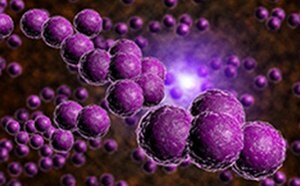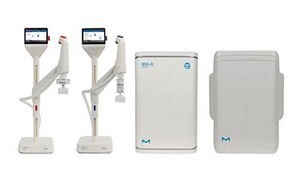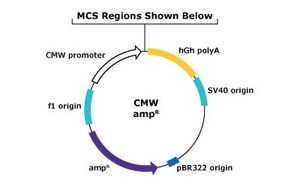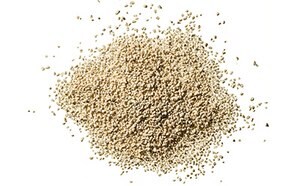Microbial Cell Culture
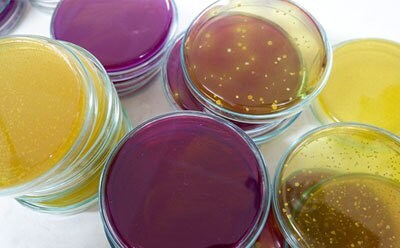
Microbial cell cultures are used in molecular biology for cloning and recombinant protein expression. They are also used in clinical applications to isolate, detect, and identify microbes that cause disease. Microbial culturing enables cell growth and division under controlled laboratory conditions. Bacteria and other microbes can be grown in liquid broth or solid nutrient agar culture media using aseptic techniques to prevent contamination.
Featured Categories
We offer a comprehensive portfolio of antibiotics to prevent contamination of cell cultures through pathogens or other cell lines, for genetic marker selection and cell biology research.
Milli-Q® systems offer innovative water purification technologies engineered to...
Molecular cloning and protein expression methods and protocols for reliable cloning...
Explore microbiological culture media raw materials and supplements, ensuring safety...
Cloning and Recombinant Protein Expression
Bacterial cultures are used for recombinant protein expression, plasmid cloning and amplification, and bacterial artificial chromosome (BAC) and cosmid cloning. Bacterial cells can be altered to uptake and incorporate exogenous genes and plasmids through transformation. Transformation of competent cells typically occurs through electroporation or heat shock of chemically-treated competent cells.
Transformed bacteria are then identified and selected based on acquired antibiotic resistance imparted by recombinant plasmid DNA or using “blue-white” screening to identify recombinant bacteria expressing β-galactosidase as a marker. Yeast can also be transformed using electroporation and other methods for yeast two-hybrid and reporter gene assays to study protein expression and protein interactions.
Cultivation for Microbial Isolation and Identification
Microbial cultures are medically important for the isolation, detection, and differentiation of bacteria and other microbes that cause infectious disease. Characterization and identification using cultivation methods rely on both microbial phenotype and genotype. Cells can be isolated through inoculation of a streak plate to produce pure colonies. Selective media are used to inhibit the growth of certain groups of microbes, allowing others to grow. Differential media contain compounds that enable microbes to be distinguished visually by colony appearance or changes in surrounding media resulting from differences in metabolic or hemolytic activity. These media aid in the identification of bacteria and other microbes through differentiation and elimination.
Looking for More Specific Information?
Visit our document library for data sheets, certificates and technical documentation.
Related Articles
Related Protocols
- Technical Article on competent cells. Transformation is a process by which some bacteria take up foreign genetic material (naked DNA) from the environment.
- Initiating a Starter Culture
- Cultivate E. coli on scales ranging from small cultures to fermentation. Protocols for initiating a starter culture, suspension cells, monoculture, and plating bacteriophage M13 are included.
- The selection of plasmids in yeast is based on the use of auxotrophic mutant strains, which cannot grow without a specific medium component (an amino acid, purine, or pyrimidine)
- Listeria is a public health concern, affecting elderly, pregnant, newborns, and immunocompromised individuals.
- See All (7)
Find More Articles and Protocols
How Can We Help
In case of any questions, please submit a customer support request
or talk to our customer service team:
Email custserv@sial.com
or call +1 (800) 244-1173
Additional Support
- Chromatogram Search
Use the Chromatogram Search to identify unknown compounds in your sample.
- Calculators & Apps
Web Toolbox - science research tools and resources for analytical chemistry, life science, chemical synthesis and materials science.
- Customer Support Request
Customer support including help with orders, products, accounts, and website technical issues.
- FAQ
Explore our Frequently Asked Questions for answers to commonly asked questions about our products and services.
To continue reading please sign in or create an account.
Don't Have An Account?